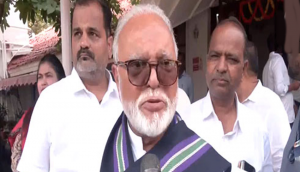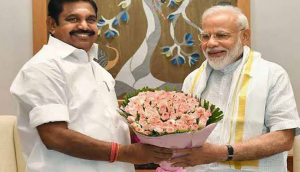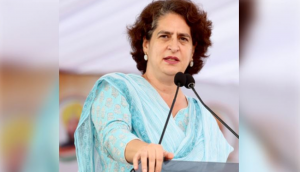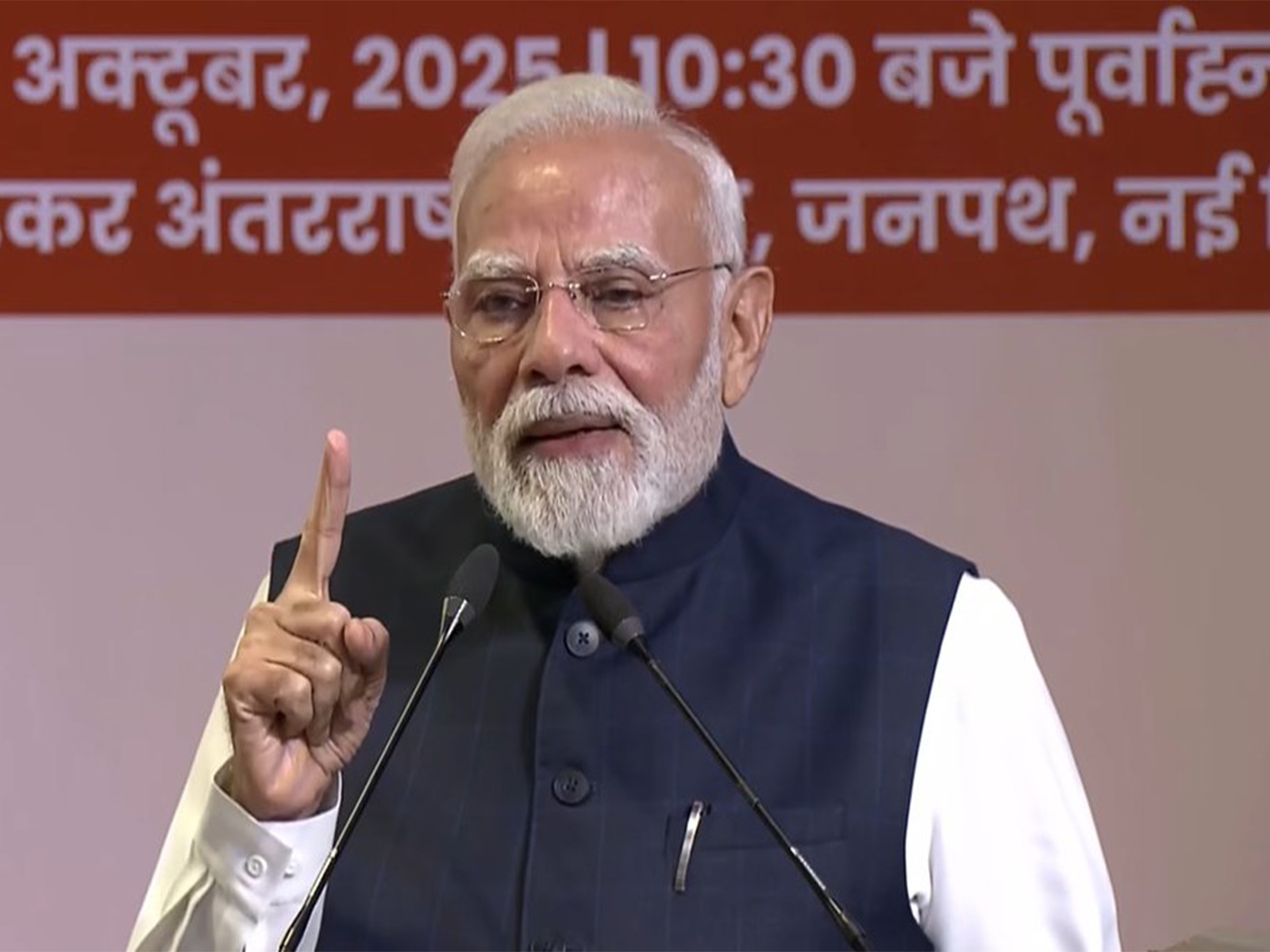High command, low tolerance: how AAP is failing itself

The low
- AAP is embroiled in one controversy after another.
- Public spat between leaders hits party image.
- Move to sue media for defamation slammed by Supreme Court.
The reality
- AAP seems to be saying goodbye to its own self-declared virtues.
- Compromise in candidate-selection before polls.
- Pervasive high-command culture, a missing Lokpal.
The goodness that continues
- Transparency in funding.
- No dynasty/family politics.
- No VVIP culture among MLAs and MPs.
Dreams sour pretty quickly. And political dreams even quicker than others, it would seem. A few months ago, no one would have thought that the Aam Aadmi Party (AAP) would suffer a precipitous fall in public esteem so quickly. Now, its critics have a smug 'we-told-you-so' smile on their face.
Earlier this year, the failure to contain a public falling-out among its top leaders dealt a severe blow to AAP. Since then, the party has tumbled from one controversy to another.
First, the alleged high-handedness of party volunteers backed by a rising star in the party came to the fore. Then came the mysterious suicide by a farmer at a party rally.
This was followed by high-profile outbursts of at least two senior leaders in the party, both journalists, and allegations of a fake degree submitted by an AAP minister. The poor handling of the party's image in the media has been all too apparent.
To be fair to AAP, sections in the press have indeed been less than mature in their coverage of AAP leaders
Now, allegations of a fake educational degree submitted by an AAP minister refuse to die down.
As if this were not enough, then came the party's partial media boycott, as a response to the media coverage of an alleged illicit affair of another party leader. This grew into a government exercise to monitor television news channels and eventually led to a much-criticized plan to sue the media for defamatory coverage.
The last move came in for rebuke even from the Supreme Court, with the AAP government being asked, "You cannot be in court against defamation while at the same time threatening the media with it. Why this dichotomy?"
Goodbye to virtue
To be fair to the party, some sections in the press have indeed been less than mature and quite sensational in their coverage of the shenanigans of AAP leaders. But the party itself has not really been the epitome of virtue in public life, as one had expected it to be based on its own promises.
Given the present circumstances, one fails to understand how this party is even different anymore.
AAP's uniqueness on its own touchstones
AAP's official website maintains a corner in its 'About Us' section that attempts to answer the question from the party's own perspective. The 12-point answer goes on to list what the party thinks are its virtues. A prima facie analysis reveals that the party now sticks to only five of these self-avowed principles. These include:
- No MLA or MP will use red light or any other beacon on his or her vehicles
- No MLA or MP will use any special security
- Election tickets will not be sold in the party
- No two members of the same family will be eligible to contest elections in the party or even become members of the Executive Body
- Complete financial transparency
Financial transparency is by far the most distinguishing quality of AAP. The party regularly declares on its website the details of all donations received as well as all expenditures incurred.
Five other features that the party itself identified as its distinguishing features have either gradually been diluted or have attracted public incredulity.
1. No central high command: No brownie points to Yogendra Yadav and Prashant Bhushan for the rebellion they triggered in the party but that does not take away from the fact that they were the only other public figures in the party who had a stature comparable to Arvind Kejriwal's. Their expulsion from the National Executive, Admiral Ramdas' removal as AAP's internal Lokpal, the sidelining of Shanti Bhushan, and the continuance of only those who have never disagreed with Kejriwal has firmly established that there indeed is a high command - Arvind Kejriwal himself.

AAP supporters during a road show before the 2015 Delhi Assembly elections. Photo: Subrata Biswas/Hindustan Times/Getty Images)
2. Commitment to principles of gender equity: In the recently concluded Assembly elections in Delhi, the party could give tickets to only six women candidates, a mere 8.5% of the total number of tickets. All of them won, but the party did not even bother to appoint even one of them to the Cabinet. Out of a total of 21 party spokespersons, only three are women, making up 14% of the bench strength. The highest executive body of the party, the National Executive, has only one female member, out of a total of 17. A meagre 5%. And its powerful Political Affairs Committee, further empowered following the recent rebellion, is strictly an all-boy's-club.
3. A strict internal Lokpal for regulating every member's code of conduct: The party's internal communication leaked in the last few weeks has demonstrated that AAP's last internal Lokpal, Admiral Ramdas, tried to persuade the warring factions to end their bitter acrimony but nobody listened to him. Moreover, the Lokpal too was made to look like a rebel and was eventually replaced summarily.
4. No opulent government housing for its MLAs and MPs: Arvind Kejriwal faced a lot of media scrutiny on this during his first stint as CM. This time around, the party has admitted to having had a rethink. Kejriwal himself announced in his swearing-in speech in February that as the CM he will need a big house and office space but he won't take one that is bigger than required.
5. No tickets to criminals: Candidate selection sowed the first seeds of discord amongst the party leaders much ahead of the Delhi polls of 2015. In an apparent bid to give preference to winnability over desirability, the AAP fielded several candidates who were widely alleged to be turncoats, 'political entrepreneurs' and criminals. AAP did not address these allegations head-on and dissatisfaction over such candidates has in fact led to the eventual ouster of at least three of the party's champions.
Of the remaining two distinguishing qualities of AAP, enacting a law that empowers voters to recall their representative is yet to see any movement and co-opting representatives from the Dalit and 'other minority segments of society' is an issue that has often been hard to assess.
First published: 26 May 2015, 16:42 IST






![BJP's Kapil Mishra recreates Shankar Mahadevan’s ‘Breathless’ song to highlight Delhi pollution [WATCH] BJP's Kapil Mishra recreates Shankar Mahadevan’s ‘Breathless’ song to highlight Delhi pollution [WATCH]](https://images.catchnews.com/upload/2022/11/03/kapil-mishra_240884_300x172.png)

![Anupam Kher shares pictures of his toned body on 67th birthday [MUST SEE] Anupam Kher shares pictures of his toned body on 67th birthday [MUST SEE]](https://images.catchnews.com/upload/2022/03/07/Anupam_kher_231145_300x172.jpg)






